From Guns to Government: The IRA in Context
From Guns to Government: The IRA in Context
Keywords: The IRA; Irish Republican army; Northern Ireland; oppression; James Dingley; Sinn Féin
More...Keywords: The IRA; Irish Republican army; Northern Ireland; oppression; James Dingley; Sinn Féin
More...Keywords: enseignement; pouvoir; domination; totalitarisme; agressivité; crise du langage
La Leçon d`Ionesco est la caricature de l`esprit de domination présent dans les relations de maître à élève. Le professeur est le symbole de toutes formes de dictature. Quand les dictateurs sentent que la domination qu`ils exercent sur le peuple décline, ils cherchent à supprimer les rebelles, même au prix de la perte de leurs pouvoir. Cette interprétation est bien un peu rationaliste, quoiqu`elle soit étayée à la fin de la pièce, par la remise au professeur par la bonne du brassard à croix gammée. L`allusion politique à la dictature est certainement évidente, mais ce n`est que l`un des aspects, de ce qu`elle veut faire entendre : la nature sexuelle de tout pouvoir et le rapport entre le langage et le pouvoir en tant que base de tous les liens humains. Le professeur domine l`élève, mais à son tour il est dominé par la bonne qui le traite comme le ferait une mère qui aimerait (sans pouvoir l`approuver) et gâterait son enfant terrible en fermant les yeux sur ses plus flagrants écarts.
More...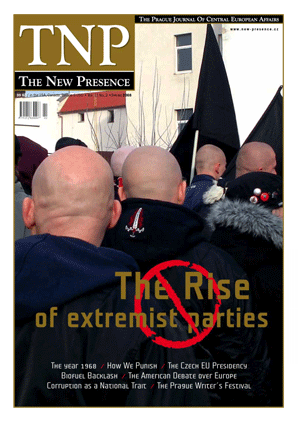
"How political defectors re-elected a president on the warpath?" "If votes continue to be gained thanks to defectors, elections will become superfluous." "The president is nothing more than a player who knows how to use the means at his disposal and, by sleight-of-hand, prolong his time in the field."
More...
Keywords: European Union; Sarajevo; Stabilization and Association Agreement; EU membership; Paddy Ashdown; NATO; Bosniak
Bosnians need a long-term EU vision because they are long-sighted. Or does the country's constitutional debate suggest Bosnians are slowly finding the right lenses?
More...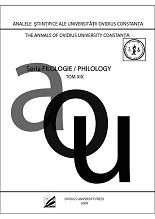
Keywords: mass communication; access to art; Art Nouveau; Alphonse Mucha; advertizing.
This paper discusses the link between the concepts of mass culture, Art Nouveau and advertizing in the context of the western world with a special emphasis on Paris, fin-de-siècle. This phenomenon is represented by the artist Alphonse Mucha, through his posters, jewelry, public space decorations and paintings. The article focuses on posters and advertisements, as a blending of mass and formal art, designed by representatives of the Art Nouveau and displayed in public spaces.
More...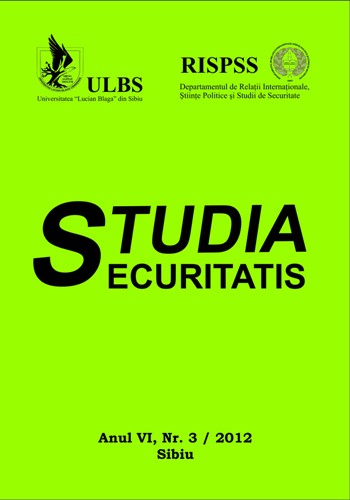
Keywords: religion; islamophobia; violence; Mohammed; terrorism
The contact between the Islamic and Western civilizations appears like a confrontation in which Islam acts as a source for a parochial, anti-modernist identity, a collective agent whose tendencies towards violent actions and traditionalism makes religion an unyielding enemy of pluralism and globalization, becoming a defiant opponent of Western civilization. Especially as in the 20th century, Westernization did not have the expected results. Modernism did not manage to impose itself in Muslim states, because of religious conservatism and the underdevelopment generated by Western colonialism, as well as the resilience in power of local autarchic and dictatorial elites.
More...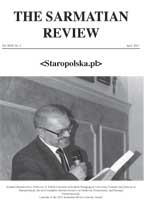
A Thousand Peaceful Cities By Jerzy Pilch. Translated by David Frick. Rochester, NY: University of Rochester, Open Letter Publishers, 2010. 144 pages. ISBN 978-1-934824-27-6. Paper. $14.95.
More...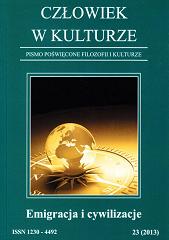
Keywords: secularization; culture; religion; Catholic Church; society; Sunday; consumers;
In this article we reflect on what has become with a Sunday in the U.S., with particular emphasis on the legal, economic, cultural, and even religious factors that contributed to the secularization of Sunday. The first part of the article considers the legal situation of the Sunday in America. It is noted here that the origins of America were two themes: religious, and economic and these two factors affect the social policy on Sunday. The increase of aggressive secular interpretation of „religious freedom” coincided with the economic pressures causing the disappearance of the law on the prohibition of Sunday trading and the tendency to regard Sunday as „every other day” . The second part of the article deals with the growing importance of the weekend. Initially, in order to reduce the economic pressure espoused free time, then, however, the deterioration of the situation of the workers in America even lead to longer working hours, flipped duty of „holiday” for the weekend. The relentless pressures of time then moved on Sunday as a religious holiday. The author states that society should restore the special protected status of Sunday as a day of rest and worship, because it is not right to bring human beings only to consumers.
More...Keywords: 19th century American; British and Romanian fiction; typologies of female characters
The article attempts to analyse the modelling factors in constructing the female characters in the 19th century American, British and Romanian prose from the perspective of particular patterns that appear in most of the writing. I will approach this issue from three main perspectives: a socio-cultural and historical one, dealing with the transition from rural/agrarian to urban/industrial ways and values of life; an aesthetic one, dealing with the erosion of conventions and stereotypes and the mutations produced in the representations of womanhood by the transition from romanticism to realism and a comparative one, engaging a parallel between Romanian, British and American literature and culture, on issues such as: strategies of feminist discourse, women’s economic independence, women in transcultural representations of slavery, social conformity and individual fulfilment in society writings or female characters and the rural environment.
More...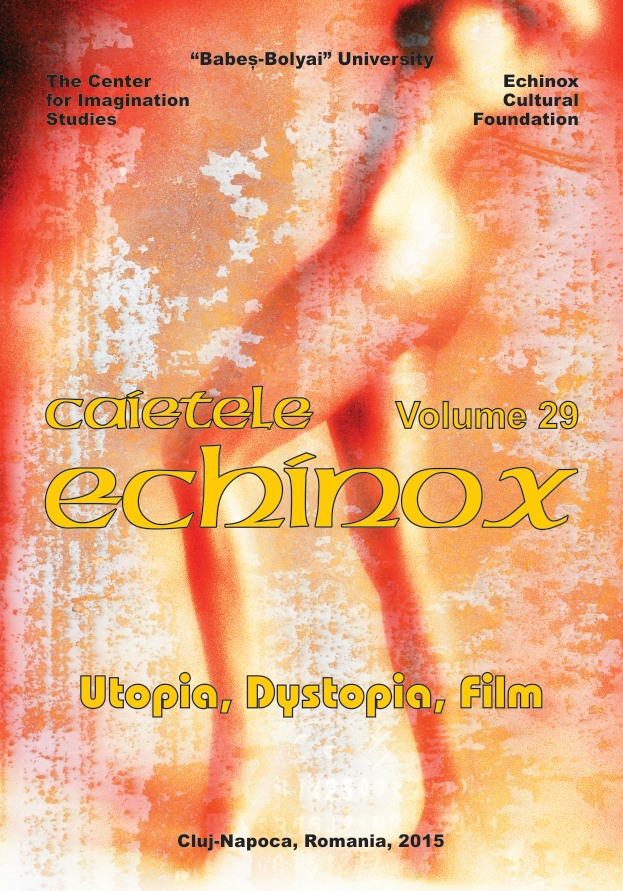
Keywords: Romanian Contemporary Film; Neorealism; Naturalism; Miserabilism; Mircea Daneliuc; Lucian Pintilie; Cristi Puiu; Topos.
This study analyzes the dystopian reminiscences outlined in the Romanian contemporary film, by exploring the cinematic work of three directors belonging to different generations (Mircea Daneliuc, Lucian Pintilie and Cristi Puiu), who assumed, to a greater or a lesser extent, the tenets of miserabilist neorealism – an “ism” that gained currency in Romania after the collapse of the communist regime.
More...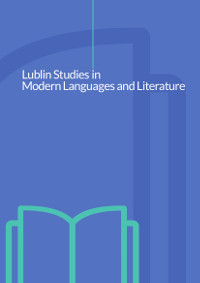
Keywords: capitalism; social stratification; the working class; Marxism; Mary Barton
While the Industrial Revolution makes England a great power in the world, it brings about a huge gap between the middle class and the working class. Observing the condition of the society, Marx and Engels create their well-known claim of class struggle in The Manifesto of the Communist Party. They emphasize the gap between these two classes and how to revolt against the capitalist system by the working class. This paper ventures to study the difference between the middle class and the working class in the Victorian society together with the way to overcome the bourgeoisie supremacy by the proletariat from the perspective of Marxist literary theory. It analyses how the capitalist system makes working class people’s lives miserable while it enriches the lives of the middle class people. In this respect, Elizabeth Gaskell’s novel Mary Barton will be studied in parallel with the Manifesto of the Communist Party.
More...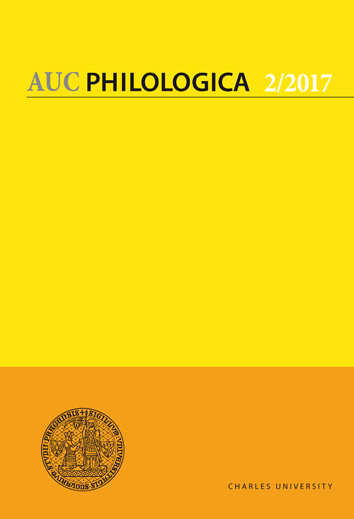
Keywords: seal imprints; pottery; Scythians; comic actors; Hermaphrodite; Kronos; Rhea; 5th and 4th century BC Greek art
The article discusses a selection of five particular pieces from the 27 sealings found at Pistiros in Bulgaria in 2012, most of them with two imprints, apparently attached to a document with a contract or a deal. Subjects represented on the seals discussed here show grotesques, caricatures and mice acting as humans. They reflect a specific anecdotic side of Greek art in its northern fringes expressed in grotesque, at the time of Philip II and Alexander the Great. Attached is a late 4th century BC Attic pelike from Pistiros with similar caricature of Rhea and Kronos, from the ca. 310 BC destruction.
More...Keywords: irony; intertextuality; popularity; Cat City; Hungarian animation;
Most Hungarian cartoons were meant for the whole family rather than just children. Due to this fact, everyone could enjoy the stories, the little ones loved the animal characters, which were often in the center, and the adults could laugh at the ironic and caricaturistic situations and representations. In my research I analyze the hidden meanings of a classic Hungarian cartoon entitled Cat City, brought up through intertextuality, allegory, irony and other rhetorical devices that might communicate an underlying meaning. I also examine the kinds of television tropes and archetypical characters that are likely to appear in the cartoon. The cartoon’s main situation is the fight between cats and mice, and it is a parody of several famous feature films, focusing mainly on the James Bond series. The main plot is about a special spy who is sent to the city of “Pokyo” to get the secret plan for a machine which could save the mouse civilization. These underlying meanings greatly added to the Hungarian cartoon’s popularity, which sometimes represented the symbols and even flaws of the communist system.
More...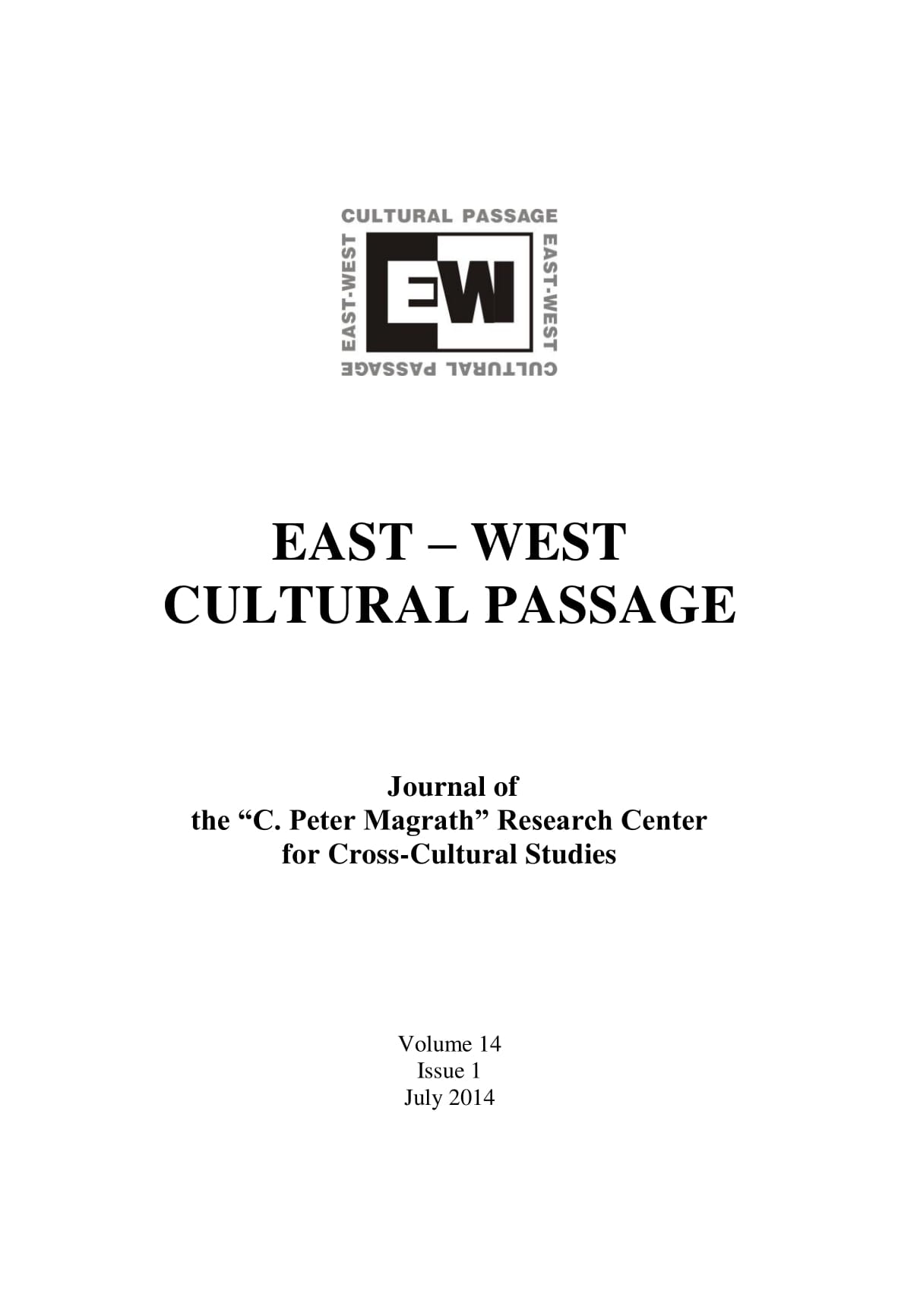
Keywords: Classic Modernity; Grand Tour; public sphere; transport; space; place; map; mind; homology; heterology;
Classic Modernity, aka the Enlightenment, can be regarded as a long symbolic travel of concepts, practices, values and institutions that are constitutive of our Western Civilization world. Newspapers and periodicals, the novel as “the” modern genre par excellence, the public sphere and its sense of conviviality, expanding roads and transport services, ever more diversified forms of domestic comfort, sartorial distinction and educational expectations are as many factors contributing to what we have inherited in the Long Modernity process of which the eighteenth century is a crucial interval. Such public spaces as the coffee house, the pub, the theatre, the opera or the spa, like the stock exchange and the post office, counterbalanced indoor activities favourable to individual assertion and social practices that homologate modern man and woman. Originating in the previous century, the Grand Tour facilitates ample mobility schemes, in principle of the educationalcultural type, but gradually as a form of relaxation. This article looks at how spaces on the map become places of the mind in the process, as well as at how places of the mind find their actual correspondents in spaces on the map and analyses the taxonomic categorization of the landmarks punctuating the Grand Tour. In so doing, it resorts to de Certeau’s theoretical stance for “everyday practices” and evaluates the passage of homology (in)to heterology.
More...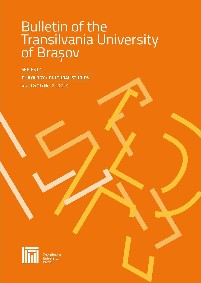
Keywords: humour; cartoons; internet memes; politics; satirical news;
This paper aims at showing how both classic political cartoons and memes are used by Romanian satirists to point out the social and political shortcomings within the Romanian society. This type of humour is equally used by satirists, along with satirical texts, to criticize politicians’ lack of responsibility, but also the lack of activism of their readers. This analysis of both classic cartoons and memes in three Romanian satirical news websites (timesnewroman.ro, academiacatavencu.ro and catavencii.ro) will be made following the six humour knowledge resources (Attardo 2001). This way, I will be able to show how humour gets created differently in political cartoons and memes, even though their final purpose is the same: criticize and make people laugh. I will be discussing about their differences in terms of their construction, the decontextualization and recontextualization process, the incongruity-resolution and nonsense humour and the use of texts, to maximize images’ message, in balloons, captions or titles.
More...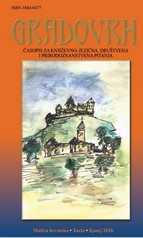
Keywords: Anti-Semitism; Christopher Marlowe; The Jew of Malta; Renaissance drama; prejudice; stereotype;
Since the Middle Ages there has always been a continuous interest in the Jews in English literature. Apart from Christopher Marlowe, other great writers such as Geoffrey Chaucer, William Shakespeare, Charles Dickens, George Eliot, and James Joyce have all created Jewish characters with varying degrees of prejudice. Yet for more than four centuries, Marlowe’s The Jew of Malta with its compellingly effective representation of its title Jew, Barabas, has remained the most controversial one among all the works dealing with the Christian-Jewish antagonism. As a result the question of anti-Semitism has always been the popular concern for critics ever since. This will also be the very problem to which this paper intends to give a plausible answer. In this paper, I will combine a historical approach and a textual analysis to see if The Jew of Malta is anti-Semitic. Because there have been varying responses to the play, critics from different schools of interpretation will be illustrated, and their comments will be elaborated. I will also analyze Marlowe’s other plays and consider the ways Jews are mentioned in these plays to enhance the credibility of my conclusion of his attitude towards Barabas. Reinterpreting these plays from different angles, I will clarify the general misconceptions regarding The Jew of Malta and offer a new perspective on Marlowe’s work.
More...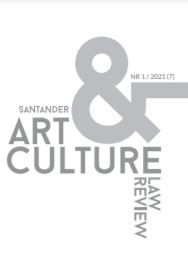
Keywords: art freedom; art and law; art censorship;
This article focuses the historical process of a radical reformulation of the mechanisms of legal regulation of creative activity in the field of visual arts on the European continent, beginning from the second commandment in the Old Testament (the prohibition of imaging) to the contemporary constitutional protection rules in place in Europe and the United States (freedom of artistic expression). The study assumes that the transition from the ban on imaging to the freedom of artistic expression was a result of the long-term evolution of social relations, which involved a gradual liberalization of cultural life and the liberation of the sphere of art from the dictates of religion, politics (the State), professional associations, and the rules of the art market. It characterizes specific historical periods which changed the model of regulating culture and art by the State (or religious communities), and proposes a model of periodization of the history of the formation of artistic freedom as a legal standard.
More...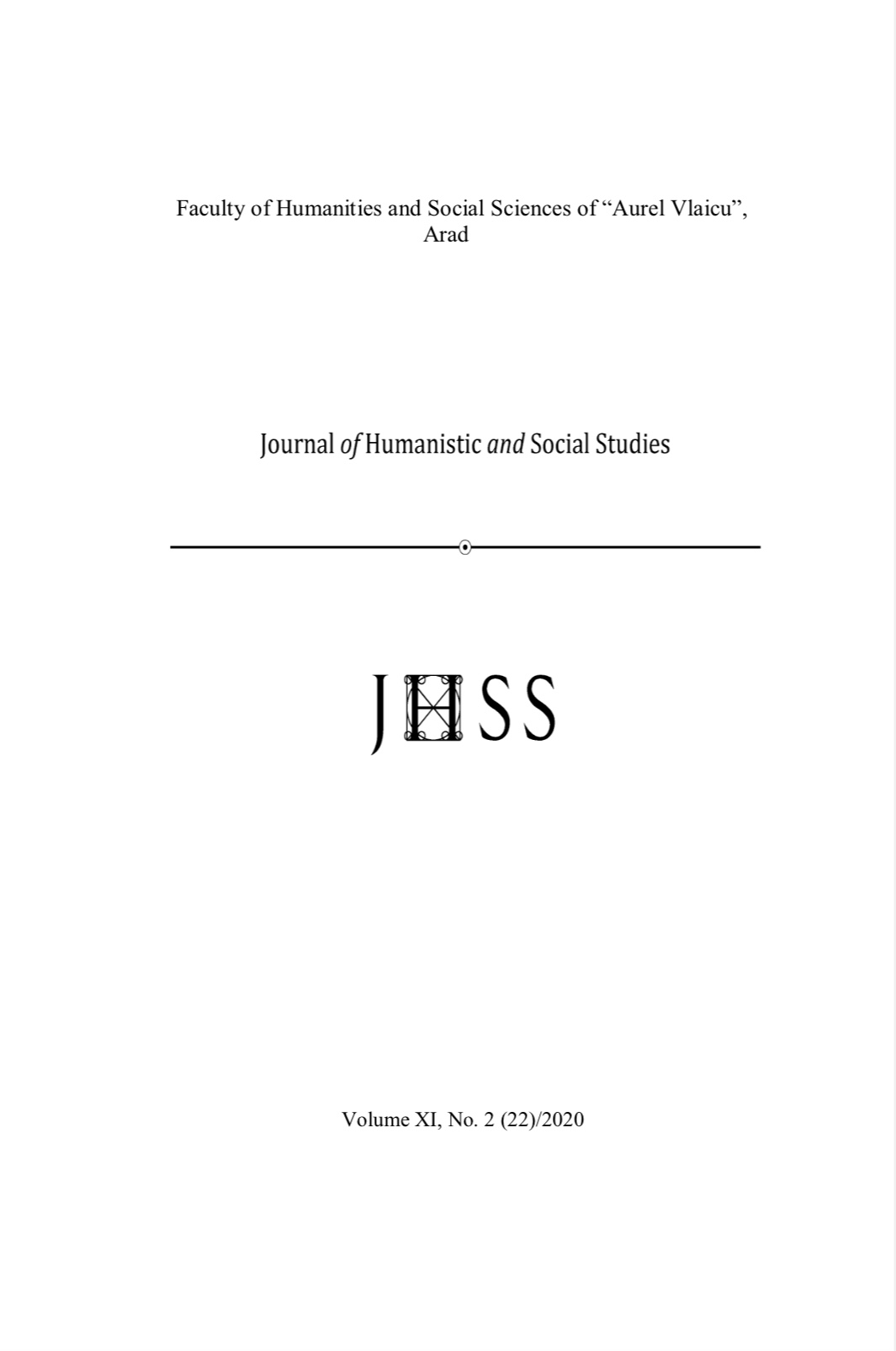
Keywords: stand-up comedy; live theatre; humour; aesthetics; comedians;
Stand-up comedy is a new subgenre of comedy that widely watches across the globe. It is a form of aesthetic performance that elicits laughter and also brings succour and mirth to its audience. Its therapeutic mode, although temporal, gives a thorough and sound approach to life’s issues in a mild way. Stand-up comedy show has been proven to be one of the major components of pleasurable shows. However, many scholars viewed stand-up comedy as mere entertainment and humorous show without taking a deeper look at its theatrical performance. Therefore, this paper examines stand-up comedy as a contemporary live theatre. Besides, it investigates the dialoguing conversational techniques of characters, paralinguistic features of the stage play and the use of music, symbolism, caricature, subtle irony, humour, blazer costume, improvisation and interactivity in a bid to show stand-comedy as a contemporary live theatre. Schechner’s Performance, Freudian and Jungian psychoanalytic theories were used to analyse the aesthetic unique performances of the stand-up comedians. The purposively selected stand-up comedian for stage show is Klint De Drunk (Ahamefula Igwemba) and supported by Basket Mouth (Bright Okpocha). Live digital discs of performance recordings of Klint De Drunk were used. Data were subjected to performance and literary analyses.
More...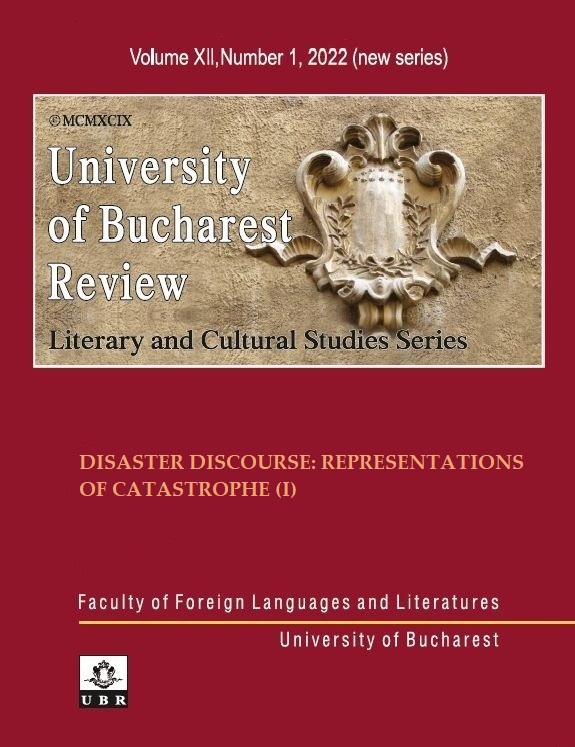
Keywords: death; disaster; representation; repetition; contemporary American visual art; pop art;
Dwelling on an interdisciplinary approach of contemporary visual representations of disaster, which incorporates the theoretical tools of visual culture, semiotics, sociology, psychology and psychoanalysis, this study focuses on the affects and effects of Andy Warhol’s series Death and Disaster (1962-1963) within the larger framework of Western culture’s approach to death, as well as of the deep social and political changes of the 1960s. Unlike the unilateral consensus of Warholian scholars who have often argued that Warhol’s pop art was devoid of intention and that its repetitive visuals were merely supposed to replicate the all-encompassing consumerist feature of the ‘60s and to commodify art, this study argues that there is a lot of subversive intent in Warhol’s obsessive representation of death and disaster. In addition, the present analysis also suggests that a so-called aesthetics of catastrophe can be identified, especially when the larger context of Warhol’s primary sources and that of the general political and social turmoil of the ‘60s is considered. The issue of repetitive representation is also addressed in its ambivalent and ambiguous effect of gradually effacing, as well as enhancing the viewers’ negative affects towards disaster and death. Departing from the contemporary Western frame of mind, which exiles death outside the boundaries of being and categorizes it simply as the ultimate disaster, the present analysis is interested in seeing how this rhetoric is articulated at the level of visual representation in Warhol’s series Death and Disaster. Aside from a semiotic interpretation of the images, the study also considers the specific psychological and sociological variables that allow for the semiotic decoding to unfold correctly. Thus, the article argues that within the larger context of the 1960s American society, Warhol’s series emerges as a subversive portrayal of political and social changes and their media coverage, of the public consumption of catastrophe and ultimately of the reification and obliteration of death in contemporary Western culture.
More...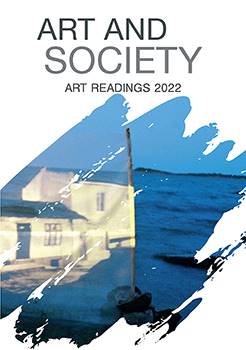
Keywords: caricatures; satirical illustration; collections of satirical stories; People’s Party; political party leaders; “Reading the Riot Act”; Lancelotto (Trifon Kunev); Alexander Bozhinov
In the early twentieth century, Bulgarian literature saw collections of satirical short stories, parodying and deriding the mores of the political parties in Bulgaria’s political life. Especially attractive to the public were those illustrated with caricatures. What we have here is direct interaction between art (author) and the society (consumer), while the figure of the illustrator is the intermediary. One of the earliest illustrated Bulgarian collections was Reading the Riot Act to the Populists by Trifon Kunev (1910). It contains satirical short stories of the type of feuilletons about the leaders of the People’s Party, who were Russophiles and the main opponent of the then incumbent Democratic government (1908–1911). Its political and propagandic purpose is unquestionable and entirely in the vein of the then uncivil political mores seeking to make a laughing stock of the opponent. The author Trifon Kunev, a poet and journalist, focused on caricaturing the leaders of the People’s Party: Teodor Teodorov, Mihail Madzharov, Ivan Peev-Plachkov, Ivan Evstr. Geshov, etc. The members of the People’s Party were accused of thefts and robberies, of lacking patriotism and compassion, of disgrace, malice, tactlessness, stupidity, financial fraud, incompetence, treachery, etc. The earliest Bulgarian caricaturist Alexander Bozhinov made the 48 illustrations. They are a salient example of using caricatural devices in the illustrations of politically tinged literary works. The article deals in detail with Bozhinov’s attitude towards the text he has illustrated, arriving at the conclusion that the illustrator was far from putting as much spite and revenge as the author did. In his illustrations he appropriately used the colourful looks of the author as the main character, while the leaders of the People’s Party are liken, both textually and visually, to domestic animals having the human traits of the leaders. The article takes a closer look at the question of the visual interpretation of the text and states a hypothesis about the origin and meaning of the oxymoronic saying “tongue-lashing” (in Bulgarian the literal phrase is “horse upbraiding”), which became the title of the collection of short stories, and remained popular in the Bulgarian jargon vocabulary until nowadays.
More...